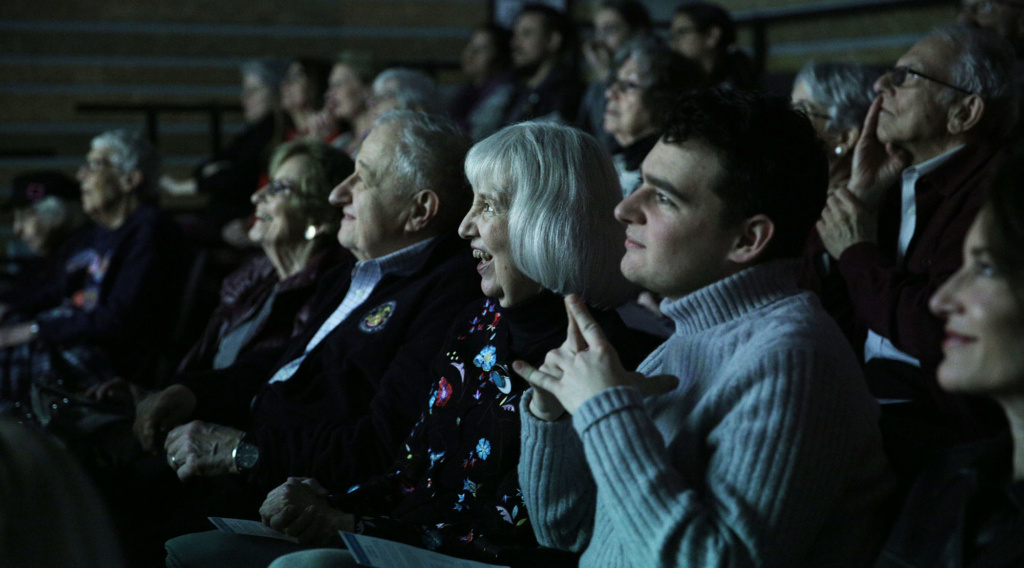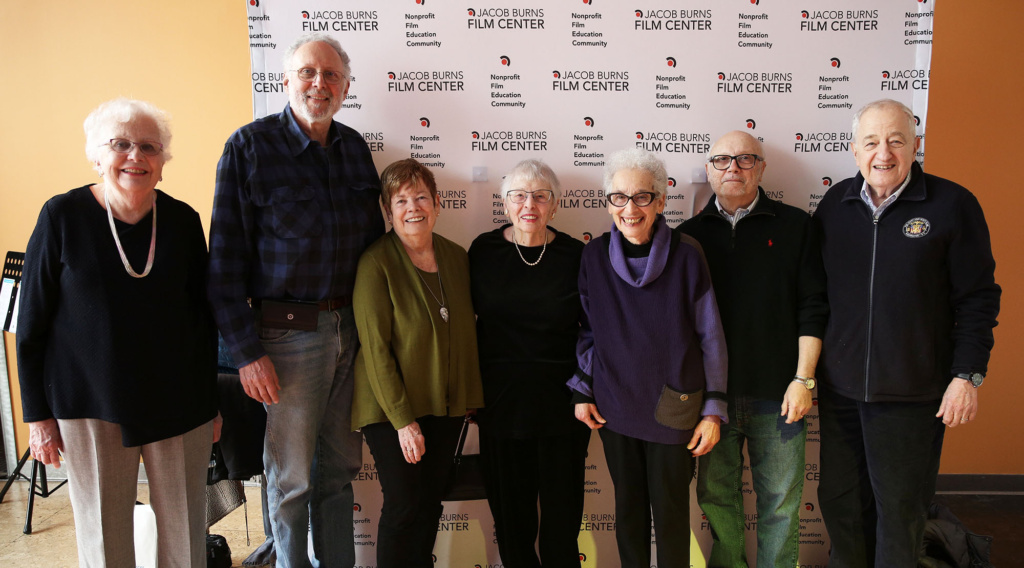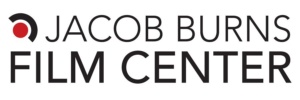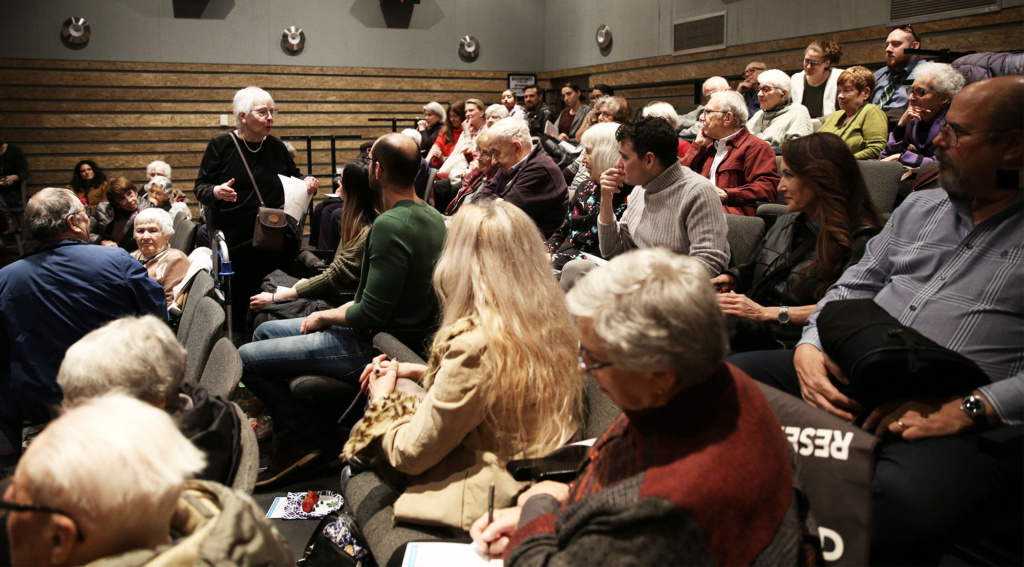“I developed a great connection with the eight participants in my class. I also expanded my world-view by hearing stories that I normally wouldn’t experience, and by seeing how intellectually and creatively curious a group of older learners could be. This was some of the most moving and important work I have engaged in in my many years of teaching.”
Theresa Dawson, Teaching Artist
In Adele Schneider’s film, “For Noel,” she shared stories of her beloved late husband, a gifted sculptor, and included photos of his beautiful work. The original photographs of her husband’s work were destroyed by Hurricane Sandy. “I thought this just might be a chance to reincarnate these photographs in some way,” Adele shared after her film was presented. “The experience exceeded my expectations beyond expression.”
Other participants, like Manny Stern, shared stories of life discoveries. In his film, he recalled a recent visit to a distant but familiar farmland that transported him back in time as a young boy. The farmland sparked familiarity because he had once lived there for two and a half years, kept hidden by two strangers who risked their lives to keep him safe during the Nazi occupation of France.
“Every human being is an accumulation of stories,” Manny said to the audience. “Life is a bunch of moments that you string together. Some of them you remember, some of them you forget. I had a very hard time remembering this one. I worked very hard at it and I wasn’t 100% successful, but I think it’s very important for all of us to try to understand where we came from and the arc of our life. And the only way we do that is through telling the stories of our lives.”
“I developed a great connection with the eight participants in my class,” said Theresa. “I also expanded my worldview by hearing stories that I normally wouldn’t experience, and by seeing how intellectually and creatively curious a group of older learners could be. This was some of the most moving and important work I have engaged in in my many years of teaching.”

This program was made possible by a grant from the 2018-2019 Catalyzing Creative Aging Program, led by The National Guild for Community Arts Education in partnership with Lifetime Arts, and funded by Aroha Philanthropies, James Avery Forging Hope, The Moca Foundation, NAMM Foundation, and St. David’s Foundation. The JBFC also received support from the Samuel Freeman Charitable Trust.
::
Due to the success of the pilot program, JBFC is offering, “Digital Storytelling: A Storied Life,” to students 55 and up March 26 through May 21. To learn more, please visit the JBFC program page.
The slideshow is credited to Theresa Dawson. All photos are credited to Paige Grand Pre, Digital Marketing Associate, JBFC.




